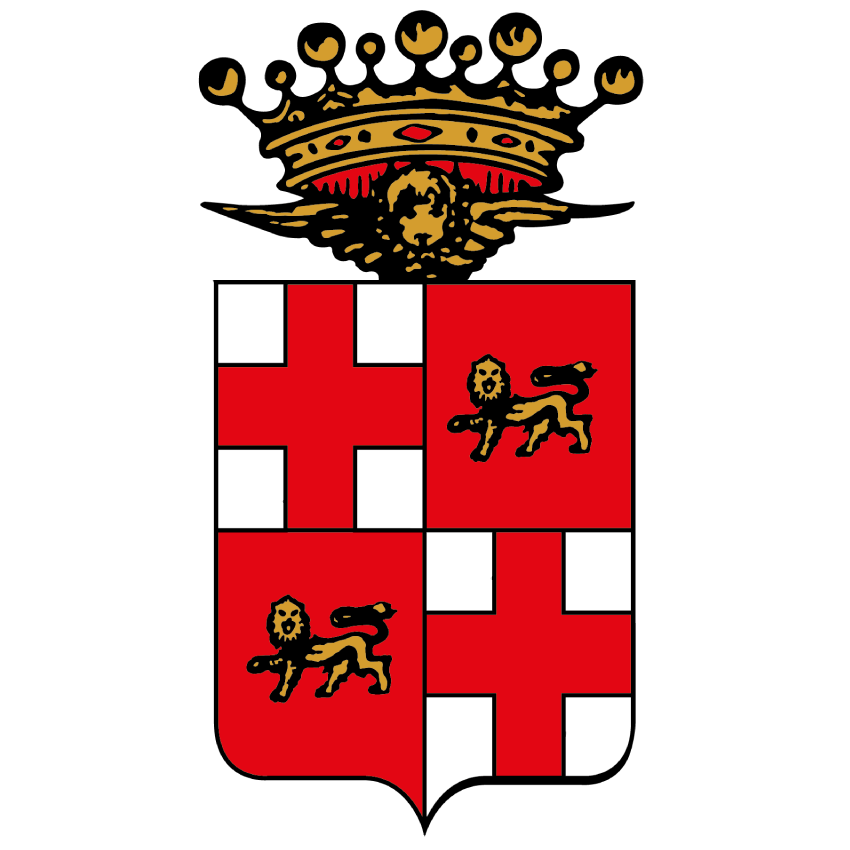The history of Chieri goes hand in hand with that of the Piedmontese textile industry and its industrial heritage represents a cultural value for Chieri that is basic to the course of its history, since it was the agent of changes in the lives of entire families, in the social structure, in the urban structure itself and in local traditions.
As early as the 1400s, the craft of weaving was one of the main economic activities. Wool and cotton were the fibres that were most commonly worked with (although there was also intensive cultivation of hemp), and special renown was attached to the production of corduroy from the area, so much so that in the XVth century the Corporation bearing that name was founded and attempted to protect the production and quality with the University of Corduroy.
The expansion of the textile industry then had a considerable influence on other economic resources. Many landowners, for example, changed their crops, replacing fruit and vegetable plants with Guado (Isatis tinctoria), a plant with yellow flowers which produce a substance used to dye cotton fabrics blue. This cultivation was so widespread that it even gave its name to one of the main access routes to the city Porta Gialdo (Guado Gate), while in the old town centre Via Gualderia, which runs beside a stream called the Tepice, was the mediaeval location for several dyeworks.
The Textile Museum (via De Maria 10 and via Imbiancheria 12) has a collection of machinery and objects connected with weaving, covering a period from the first decades of the 1600s to the years just before the Second World War. Spinning wheels, vertical and horizontal warping reels and hand looms are on display, which were once typical of the processes of one of the oldest cotton-working centres in Piedmont.
The looms are especially interesting; the oldest ones date back to the XVIth century and had no shuttle, using a person instead, but they have remained substantially unchanged over the centuries. The first major change in weaving came with the introduction of the shuttle, which was a piece of wood shaped pretty much like the hull of a long boat (which is how it got its name in Italian), with a housing cut out for the spool. The shuttle was pushed by hand using a striker and made it possible to make large pieces of cloth more quickly. This system lasted until the beginning of the 1900s, when it was replaced in factories by mechanical looms, but the rhythmic “clic clac” continued to be heard in the cotton factories. Another enormous leap forward came in 1830 with the arrival of the Jacquard loom, which enabled production of particularly sophisticated cloths.
The wooden loom was superseded by those in cast or forged iron, then those in steel. One section of the museum is also devoted to the breeding of silk worms, which was quite common in the city in the past. Almost all the families set apart a room in the house for breeding worms, which devoured large quantities of mulberry leaves then climbed onto nests of twigs and wove their cocoons. The mulberry bushes surviving along the country roads are now few and far between, whereas in the past there were thousands. Yet the production of leaves was insufficient, so much so that local news at the beginning of the 1900s frequently recorded instances of unfortunates arrested after being caught in the act of helping themselves to someone else’s bushes.
The Textile Museum opened in Chieri gives testimony to the bond between the city and the productive sector. The Chieri Foundation for Textiles and the Textile Museum was set up on 8 November 1997, jointly by the City Council of Chieri and the Piedmont Regional Authority, using the ex-convent of Saint Clare, to run the Museum.
Il Museo del Tessile ha riaperto nella sua nuova veste il 18 settembre 2016, e ora è possibile visitarlo ogni domenica pomeriggio (ore 15-18, ad eccezione di Natale, Capodanno e Pasqua).
Ogni seconda domenica del mese (ad eccezione di agosto) sono previste visite guidate con i volontari del museo alle ore 15, 16 e 17.
Inoltre tutti i martedì in orario 9-12 è possibile l’accesso dietro prenotazione: per le scolaresche e i gruppi superiori alle 20 persone si può fare richiesta di prenotazione in altri giorni della settimana.
Ticket d’ingresso: 3€ intero, 2€ ridotto per gli under 18 e gli over 65, 1€ ridotto studenti; costo con visita guidata: 5€ (minimo 10 partecipanti).
Per info e prenotazioni (attraverso l’apposito form del sito) visita il sito www.fondazionetessilchieri.it:
Textile Museum
fondazionetessilchieri.com


